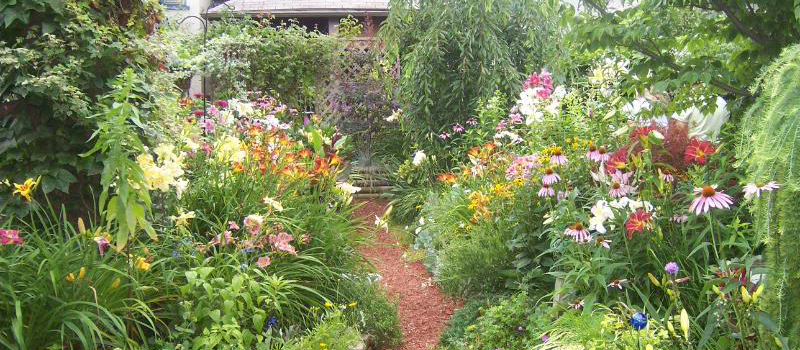So you have seen those National Geographical documentaries that have the local natives taking the baskets they weaved and go into the deep forests and jungles to forage for any type of food they could find. You, however, have never thought that the same could be possible for you in your own backyard?!
With most of living in Urban to Sub-Urban areas we directly go to the learned actions of going to the grocery store or the farmer’s market at the local park to find what we could eat. But if push comes to shove there are things that are now growing in your backyard that you could make some meals out of that would give you the sustenance you need to keep yourself alive.

Roses – Used for decoration and giving to our significant others, these types of flowers are available for the ready meal. It turns out that they are quite tasty if done right. Along with avoiding the thorns, avoid the white parts of the petals that tend to be more bitter than the rest of it all.
Add to salads, make it into a butter, or a jam or just munch on them raw. Just make sure you get the ones that don’t have any pesticides sprayed on them (for the obvious reasons).
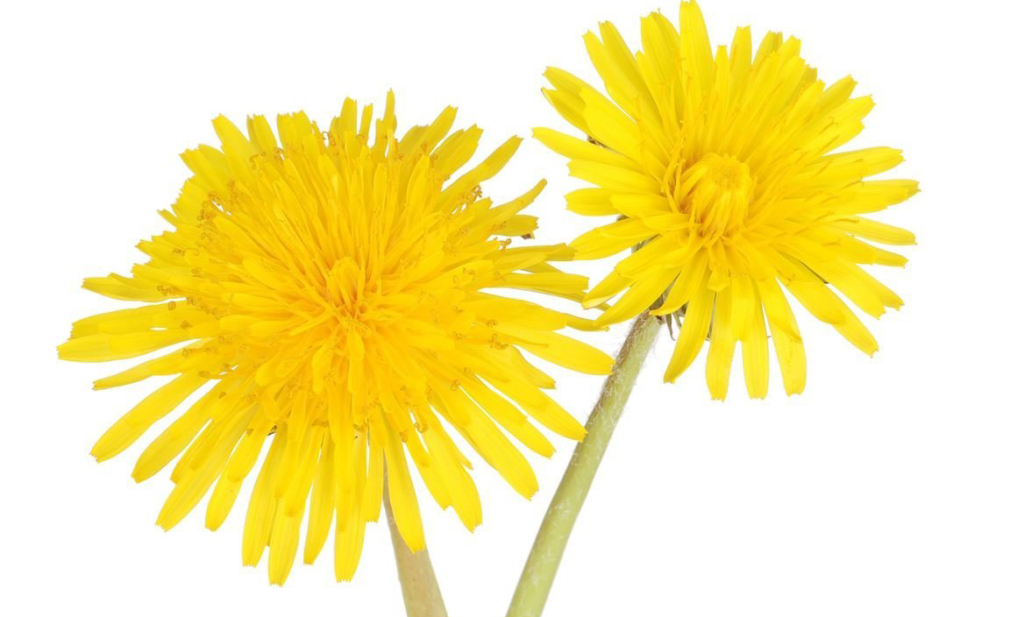
Dandelions – Yep, that “weed” that seems to be on every lawn. Here’s how to best prepare them for the meal of your choice:
-
- Young leaves are the best. By the time the flower blooms, the leaves will be very bitter. Use the young leaves in salads.
- Older leaves can be cooked to get rid of some of the bitterness.
- Dandelion flowers can also be eaten. Choose flowers which haven’t bloomed yet as they will have the mildest taste.
- In the fall, dandelion roots can be harvested and dried. Roast them and they can make a good warm drink.
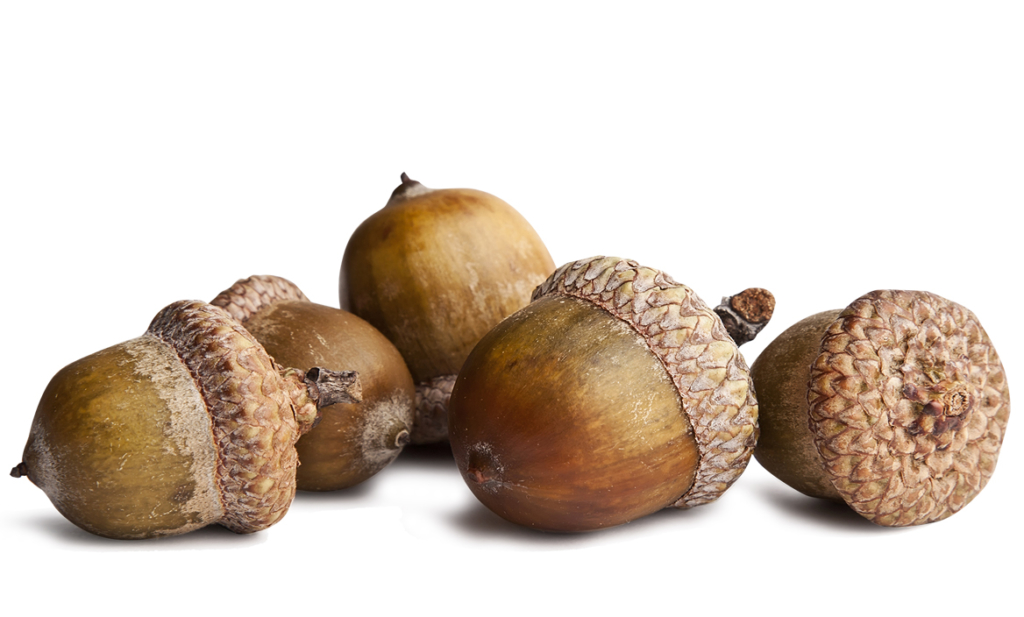
Acorns – That’s right, they aren’t just there to be sent shooting when you run over them with your lawnmower. They are a great source of protein if you can take out the incredibly bitter taste which will be so powerful as to upset your stomach. You must leach out the tannins before you can eat them.
To do so, you first de-shell them, then soak them in warm water for a few hours. Toss the water and then taste the acorns. If they are still bitter, repeat the soaking process until they don’t have that bitter taste any longer.
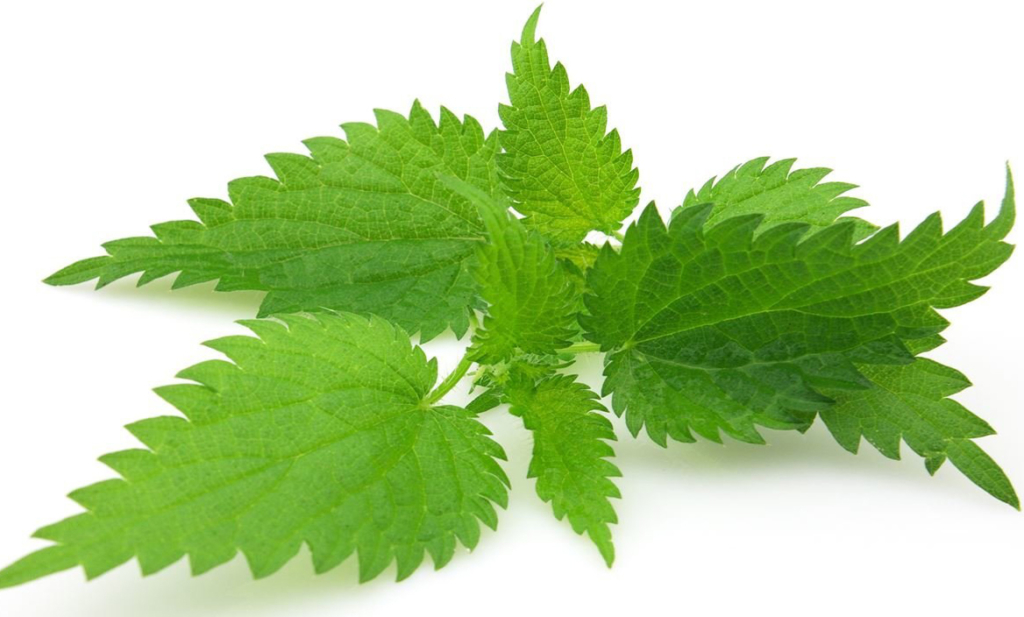
Stinging Nettles – They are chock full of minerals and vitamins like magnesium and iron. Pick the small leaves at the top as they have a nice, mild taste. The bigger leaves are more bitter but still edible. Just make sure you have gloves when you pick them because they do live up to their name with the stings all over the leaves. Obviously, you cook the nettles, so that they lose the prickly little buggers and serve them in a stir fry or just steamed.
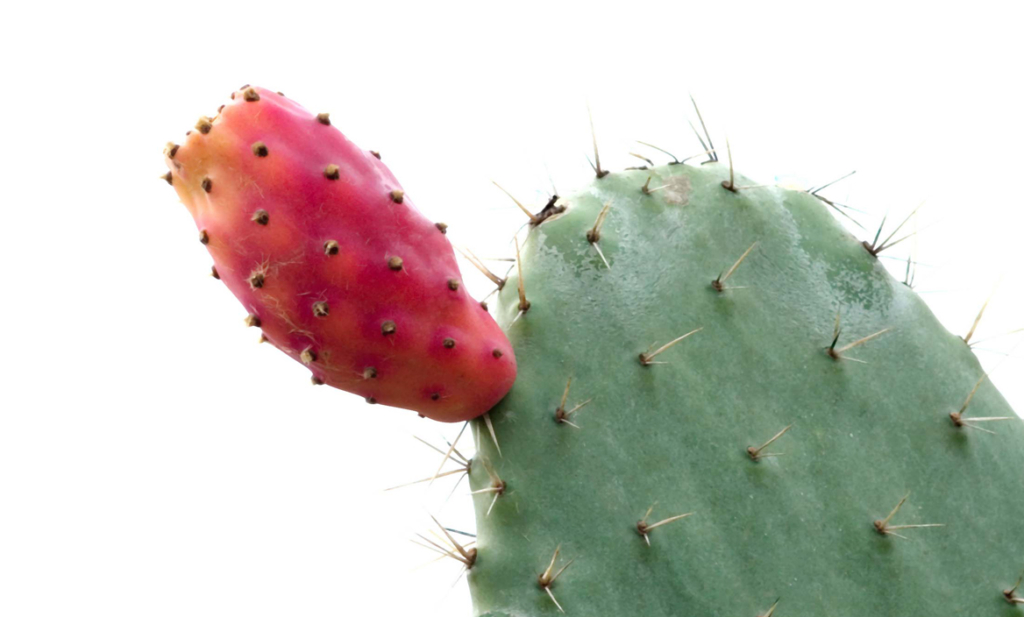
Prickly Pear Cactus – In the western U.S. you can find prickly pear cacti growing wild. You can also have them in your gardens too! Both the fruit and the paddles are edible, Again, before you start munching down, remove the prickles of first.
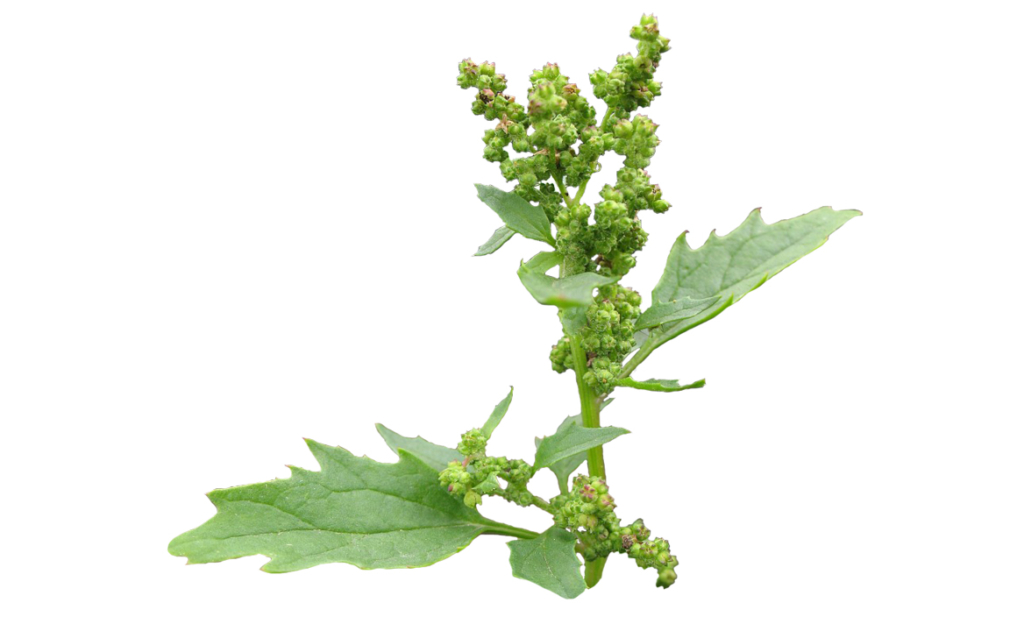
Goosefoot – Or otherwise known as Lamb’s Quarters or Pigweed. It tastes like spinach.
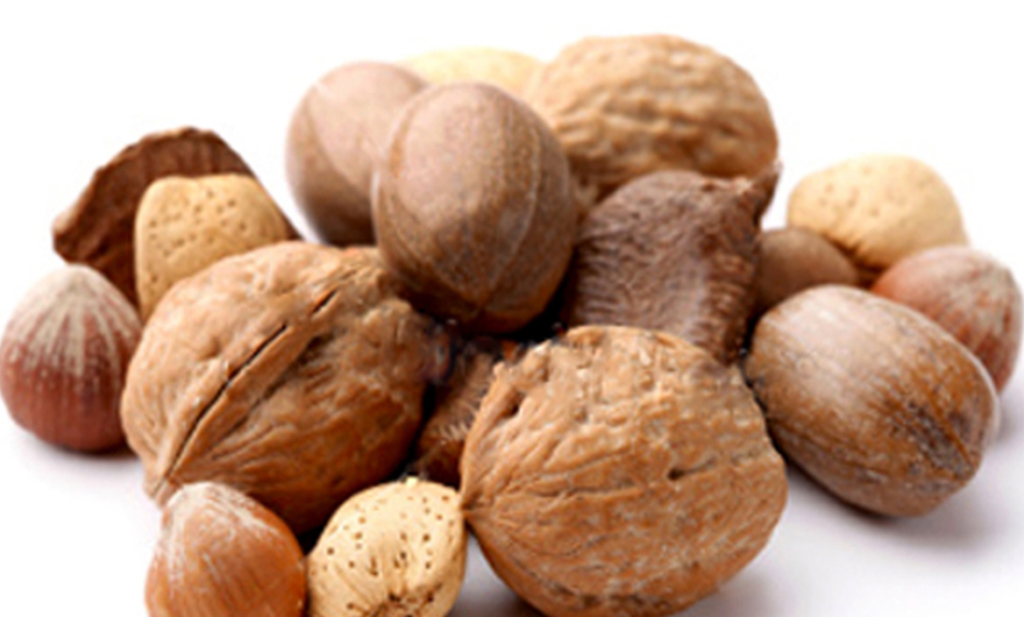
Walnuts, Chestnuts, and Pinenuts – All of these can be found readily in the suburban areas as well as in the urban cities. Crack them open and enjoy. Just be careful to not eat too many.
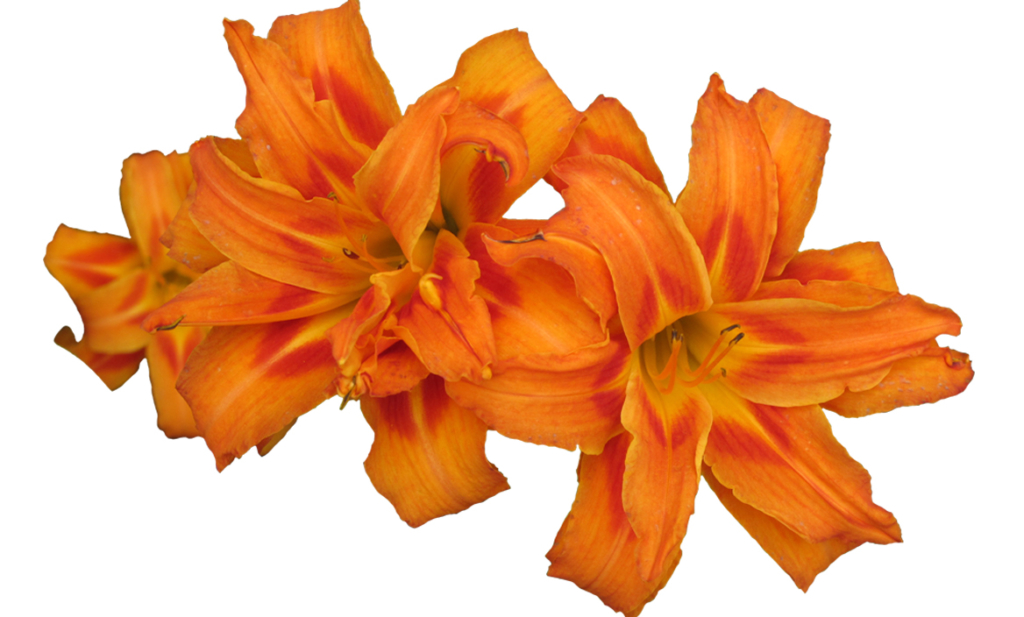
Daylilies – Eaten raw or sauteed in a bit of butter, these flowers are great for a meal. Everything from the stem to the small little bulbs just makes sure you cook them to not give you indigestion.
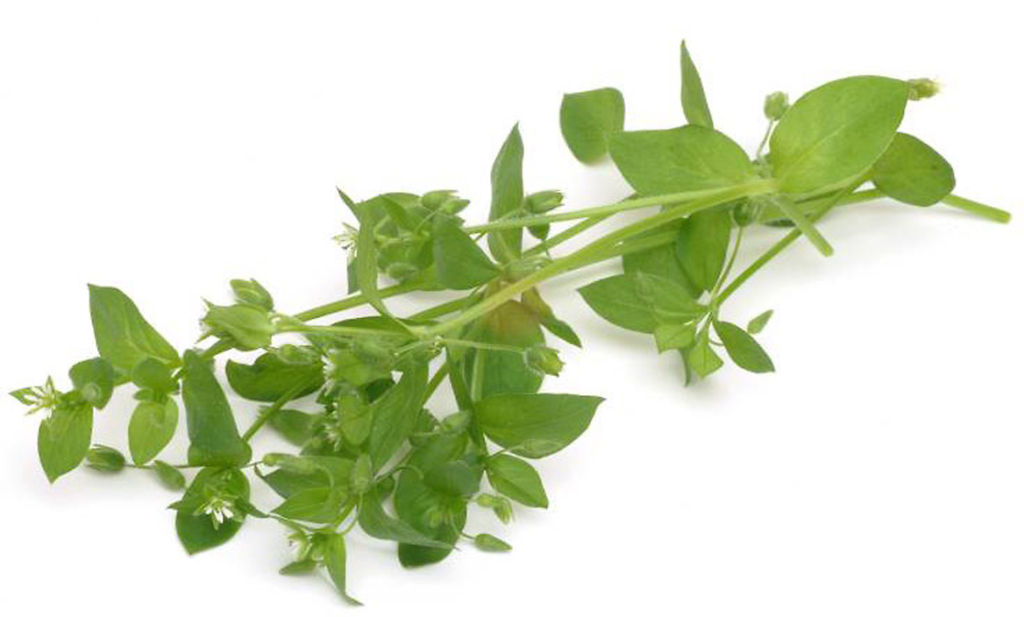
Stellaria media or Chickweed – It is considered normally a weed in the garden to get rid of, but when it comes down to it, this can make a pretty good meal. Can be eaten raw in a salad or as a supplement to a dish.
There are many others that we can talk about and probably will across the spectrum as we can. Becoming familiar with what it in your backyard can save you for another day and keep you going when times are at their toughest for you.

